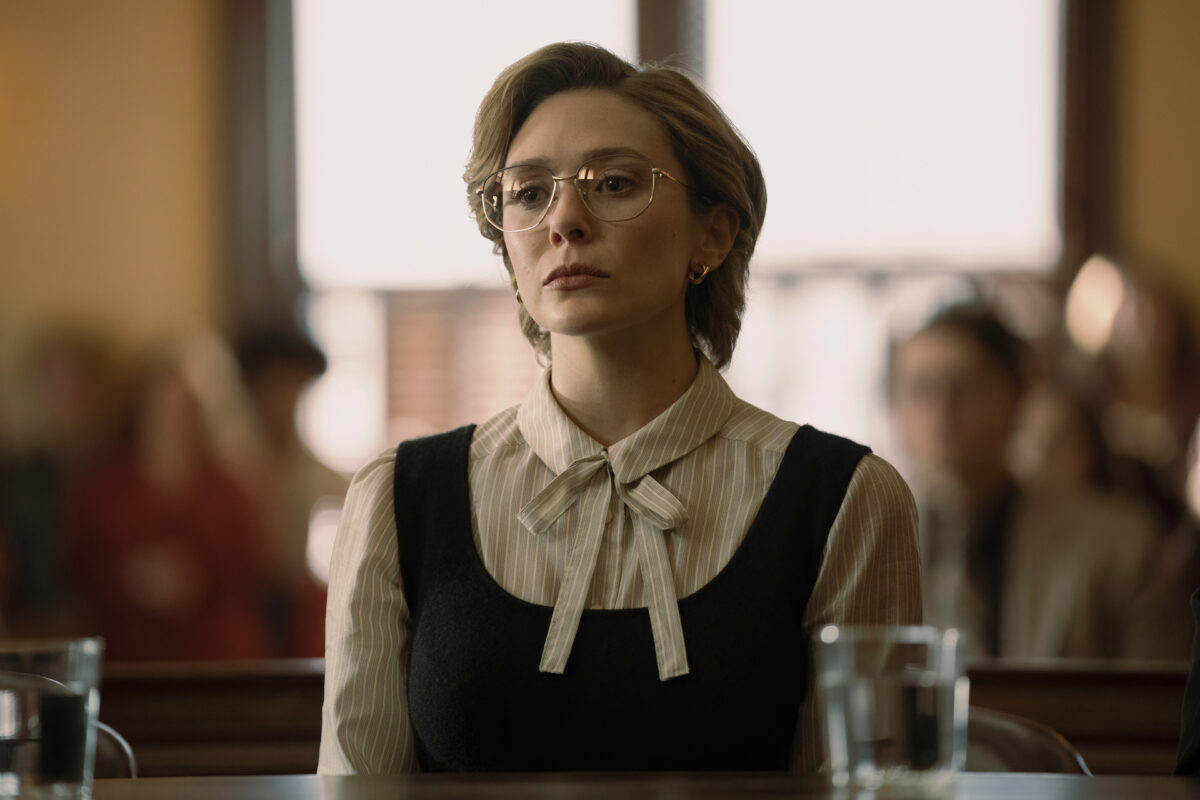
In a directing career that has lasted nearly 40 years, Lesli Linka Glatter has tackled just about every type of filmmaking there is, from comedy (“Freaks and Geeks”) and police procedurals (“NYPD Blue,” “Law & Order: Special Victims Unit”) to sci-fi/fantasy (“Heroes”), political thrillers (“Homeland“), and the uncategorizable (“Twin Peaks”). On Max’s “Love and Death” — created by David E. Kelly — she was faced with a new challenge: How to tell a true story and keep it suspenseful without trivializing or glamorizing the real people involved. “I didn’t want to vilify or glorify anything,” Glatter told IndieWire’s Filmmaker Toolkit podcast, adding that the story of a well-liked housewife driven to murder immediately attracted her in spite of the pitfalls. “It speaks right to the themes that I love: Things are not what they appear to be, and you have to look deeper to see what’s really going on underneath the surface.”
Glatter was intent on recognizing the inherent humor in the piece without cheapening or diluting the real-life tragedy at the story’s center, which meant close collaboration with her actors to adhere to the emotional truth of the situation. “I never want to laugh at the characters,” Glatter said. “The actors themselves never thought they were making fun of the characters, and that was essential to all of us. You know, this group of people did everything right. They got married, they had kids, they had a good life. They moved out to the suburbs and went to church and sang in the choir. So why is it that there’s a hole inside of their heart and soul that is a mile wide and can’t be filled? That’s the stuff I think we were all interested in.” Glatter added that for actors to plumb those depths requires a very specific working environment. “You have to be sure they feel safe in the world you’ve created. That is absolutely essential.”
“Love & Death” culminates in Candy Montgomery (Elizabeth Olsen) on trial for the murder of her former lover’s wife, and while Glatter continued to keep the real story and its ramifications in mind, she also had to find a way to prevent lengthy courtroom scenes from becoming visually static. “It’s all about point of view,” she said. “Who is taking me through the scene? Because it could be very generic if you don’t know whose story you’re telling. That’s really important, and I felt there were very clear times when we are in Candy’s point of view, even to the point where we’re focused on her glasses and the [reflection of the] person who’s talking is out of focus because I’m inside of her brain. And so to me, point of view helps make it specific rather than general.”
Glatter also felt that keeping the audience aware of how testimony was landing on observers would keep the energy building in the courtroom. “Even though it’s a true story, I didn’t want it to feel like you knew the ending,” she said. “I wanted both the defense and the prosecutor to be equally skilled in their final summation, where you could be thinking, ‘Oh my God, who is gonna win this?’ I wanted you to feel that there was a chance the verdict could be different.” The focal point for Glatter was Candy’s testimony, which she shot first so that everything else could be in reaction to it. “I think it was 15 or 16 pages, which is incredible. I did two takes on her and then worked my way back, because you needed to see how it landed on people. [Olsen] telling the story was bone-chilling, and I think that speaks to her depth as an actress, and also what was important to all of us about the humanity of the story.”














